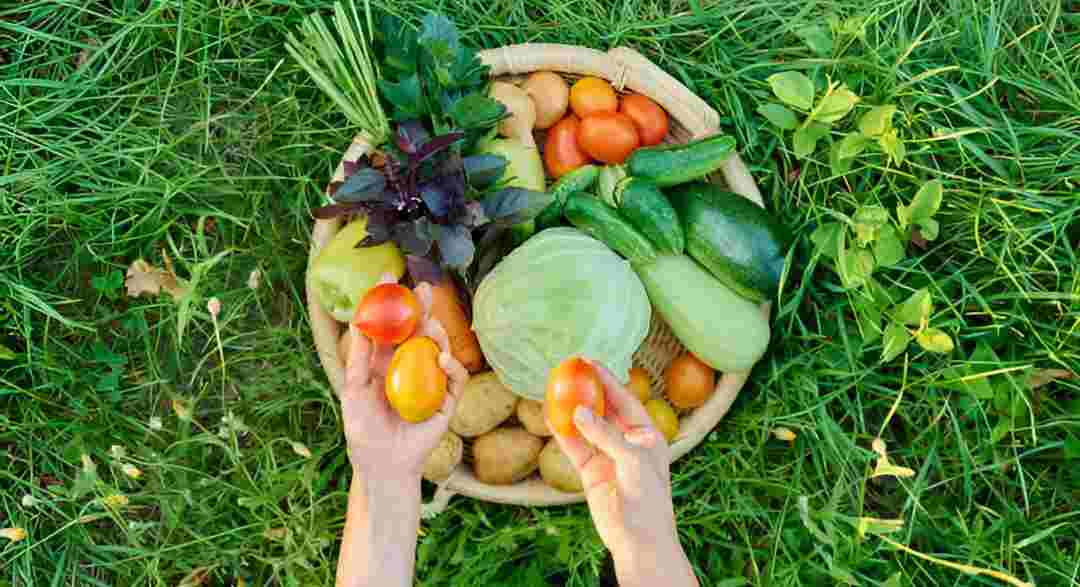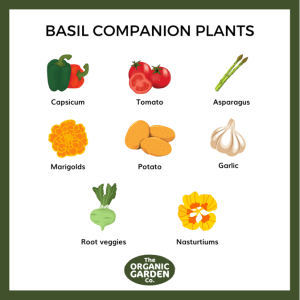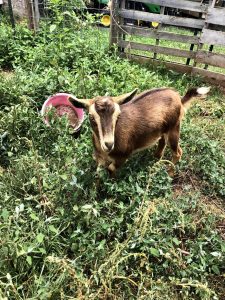How to Start a Vegetable Garden Fast and Cheap
Gardening provides fresh produce, lowers grocery costs, and supports sustainable living. Whether you have a backyard or a small patio, starting a vegetable garden is simple and budget-friendly. This guide covers choosing a location, preparing soil, selecting easy vegetables, and maintaining your garden for the best yield with minimal effort.
Best Place for a Vegetable Garden
Choosing the right location is key to success. A garden needs at least 6-8 hours of direct sunlight daily, good drainage, and easy water access. Avoid shaded areas, as vegetables thrive in the sun. Raised beds and container gardens are good options for limited spaces or poor soil.
How Big Should a Vegetable Garden Be?
A small 4×4-foot garden is ideal for beginners. If space allows, a 10×10-foot plot offers more variety. Start small and expand as you gain experience. Raised beds and containers are excellent alternatives. Crop rotation and companion planting help maximize yields.
Step-by-Step Guide to Starting a Vegetable Garden
Step 1: Pick a Good Spot
Your Garden Needs Sunlight
Most vegetables need at least 6-8 hours of sunlight per day. Sunlight powers photosynthesis, helping plants grow strong and produce more. If sunlight is limited, grow shade-tolerant vegetables like leafy greens.
Make Sure Water is Nearby
A garden close to a water source makes watering easier. Vegetables need regular moisture, especially in hot weather. A nearby hose or rain barrel can help. Inconsistent watering can lead to problems like split tomatoes or bitter cucumbers.
Step 2: Get the Soil Ready
Remove Grass or Weeds
Clear the area to prevent weeds from stealing nutrients. Use a shovel or hoe to dig up grass and weeds. For large areas, smother grass with cardboard or plastic before planting.
Improve the Soil
Use compost, organic matter, and natural fertilizers to boost soil health. Adding aged manure or worm castings enhances fertility. A soil test kit helps determine nutrient levels and pH balance. Want to test your soil at home? This guide can help you check its nutrients.
Mix the Soil Well
Loosen soil for better aeration and root growth. A garden fork or tiller improves soil texture. Well-aerated soil also drains better, preventing root rot.
Cover with Mulch Before Planting
Mulch retains moisture, suppresses weeds, and enriches soil. Organic mulches like straw or leaves break down over time, improving soil quality. Mulching reduces watering frequency. Need help adding compost to your garden? Check this guide.
Step 3: Choose Easy Vegetables to Grow
Pick the Best Types
Start with beginner-friendly vegetables like tomatoes, lettuce, radishes, and beans. These crops grow quickly and require little maintenance. Choose disease-resistant varieties for better success.
Top 10 Easy Vegetables to Grow
(Click the name to see the growing guide.)
- Lettuce
- Green beans
- Radishes
- Tomatoes (Use small plants from a nursery)
- Zucchini
- Peppers (Use small plants from a nursery)
- Beets
- Carrots
- Spinach, Kale, or Chard
- Peas
Tip: Add marigold flowers to keep bugs away, bring bees, and add color!
Step 4: Plan Your Garden Layout
Plant in Rows
Row planting makes watering and weeding easier. It improves air circulation and simplifies harvesting. Keep taller plants on the north side to avoid shading smaller ones.
Plant Close Together for More Vegetables
Maximize yield by spacing crops efficiently. Intensive planting conserves space and reduces weeds. Follow spacing recommendations to prevent overcrowding and disease.
Step 5: Plant the Vegetables
Plant at the correct depth and spacing. Support climbing plants like tomatoes and cucumbers with stakes or cages. Water transplants immediately to reduce stress.
Step 6: Water and Add Plant Food
Water regularly and use organic fertilizers. Water in the morning for better absorption. Compost tea or fish emulsion provides natural nutrition.
Step 7: Protect from Bugs and Animals
Stop Weeds Early
Mulch and hand-weeding prevent weeds from competing with vegetables.
Keep Animals Out
Use fencing or natural deterrents to keep rabbits and deer away. Strong-smelling herbs like rosemary help repel pests.
Stop Insects from Eating Your Plants
Companion planting with marigolds and organic pest control methods like neem oil protect crops.
Protect from Plant Diseases
Proper spacing and crop rotation reduce disease risk. Avoid overhead watering to prevent fungal infections.
Step 8: Harvest and Take Care of Plants
Harvest ripe vegetables to encourage further production. Pick fruits early in the morning for better flavor. Regular pruning promotes healthy growth.
Start Small for Better Results
Dr. Heidi Kratsch, along with L. Allen and W.H. Mazet, recommends starting with a small vegetable garden. A small space is easier to manage and helps beginners learn step by step. You can begin with a strip of land next to a sunny garage or any open area with enough sunlight. As you gain confidence, expand your garden. For more details, read this guide.
Why Growing Vegetables is Good
Home gardening supports sustainable living, lowers grocery costs, and provides fresh, chemical-free produce. It also improves mental well-being and promotes a healthier diet. Growing food reduces the carbon footprint associated with store-bought produce. Want to know how to make loam soil for better plant growth? This article will help you.






One Response